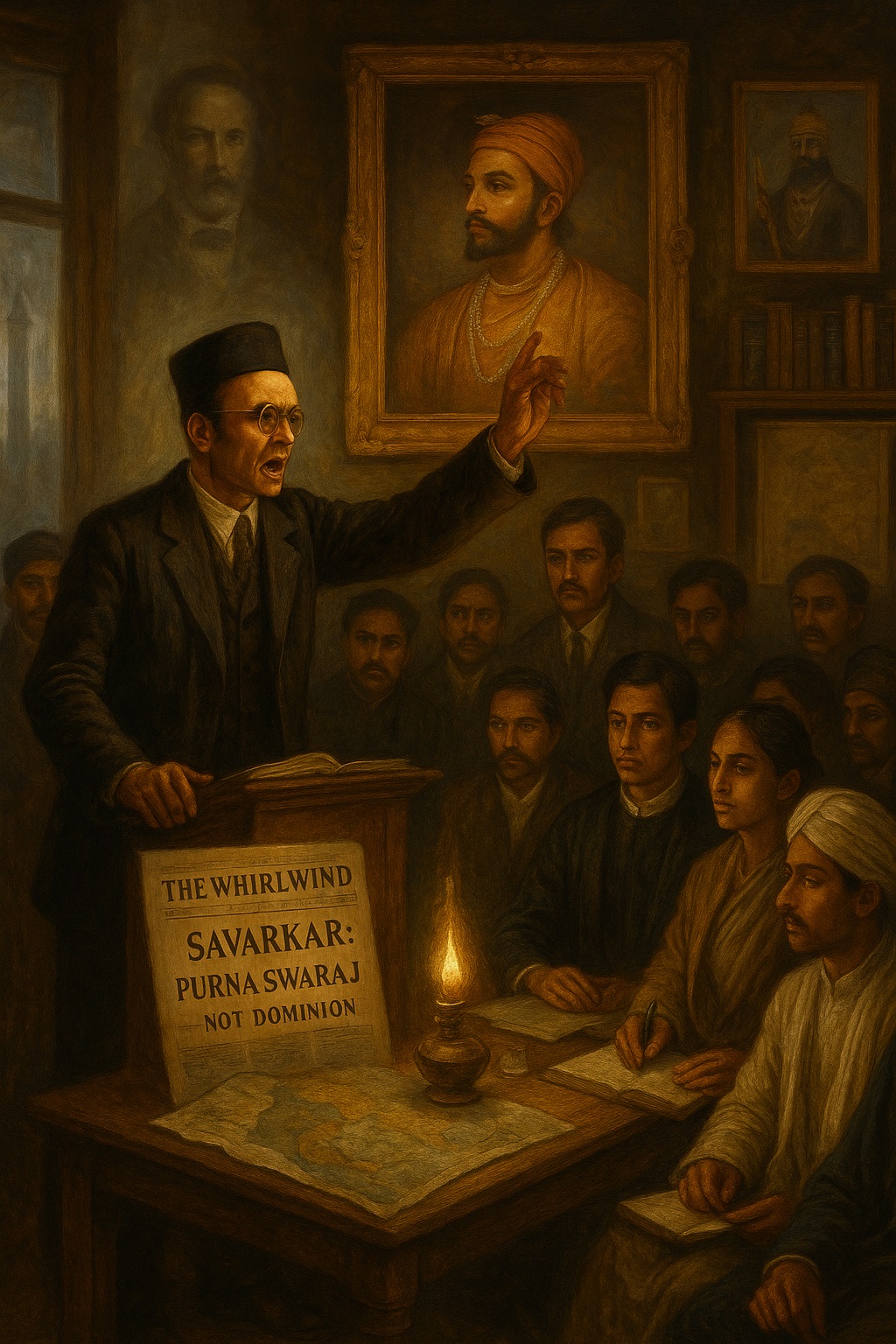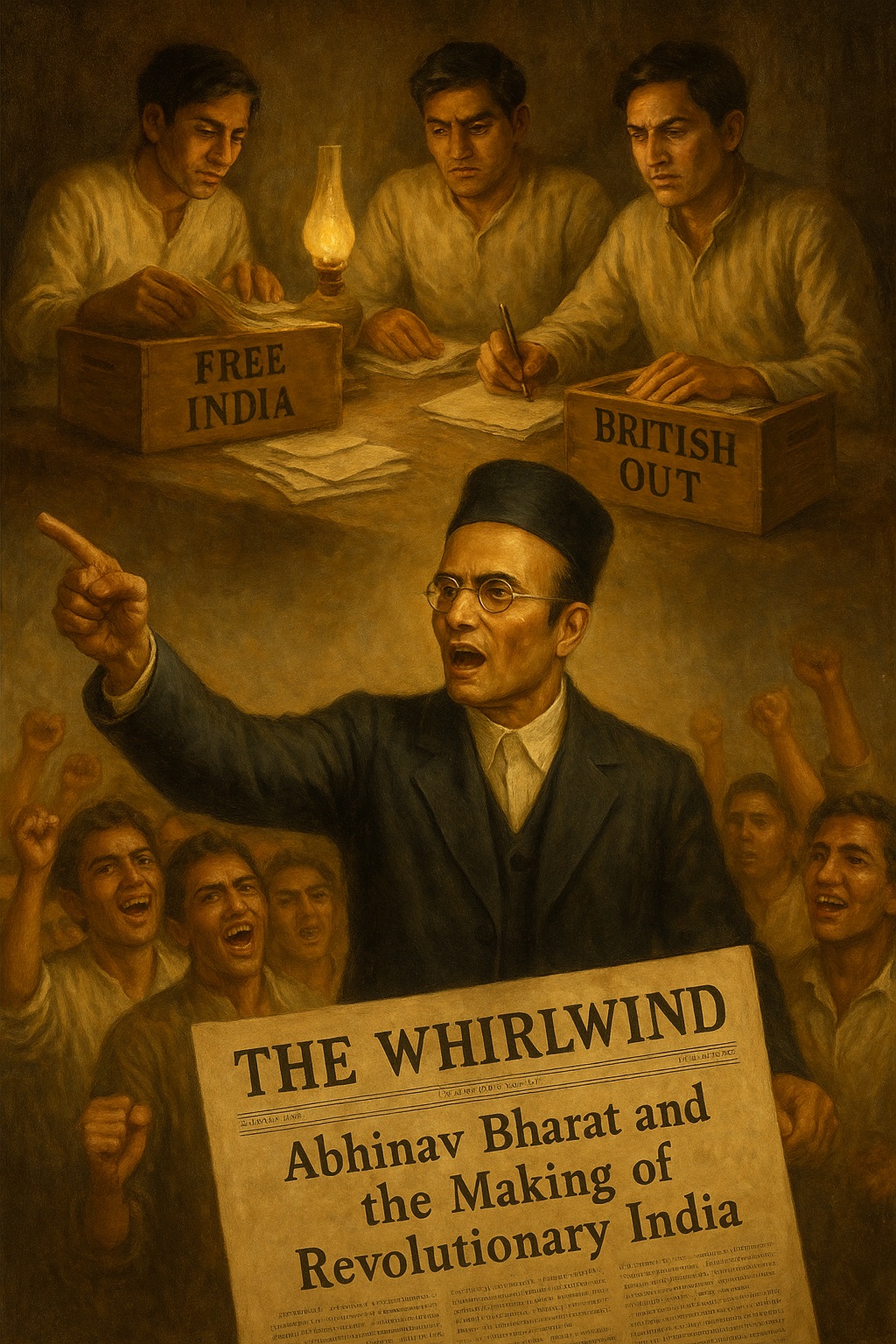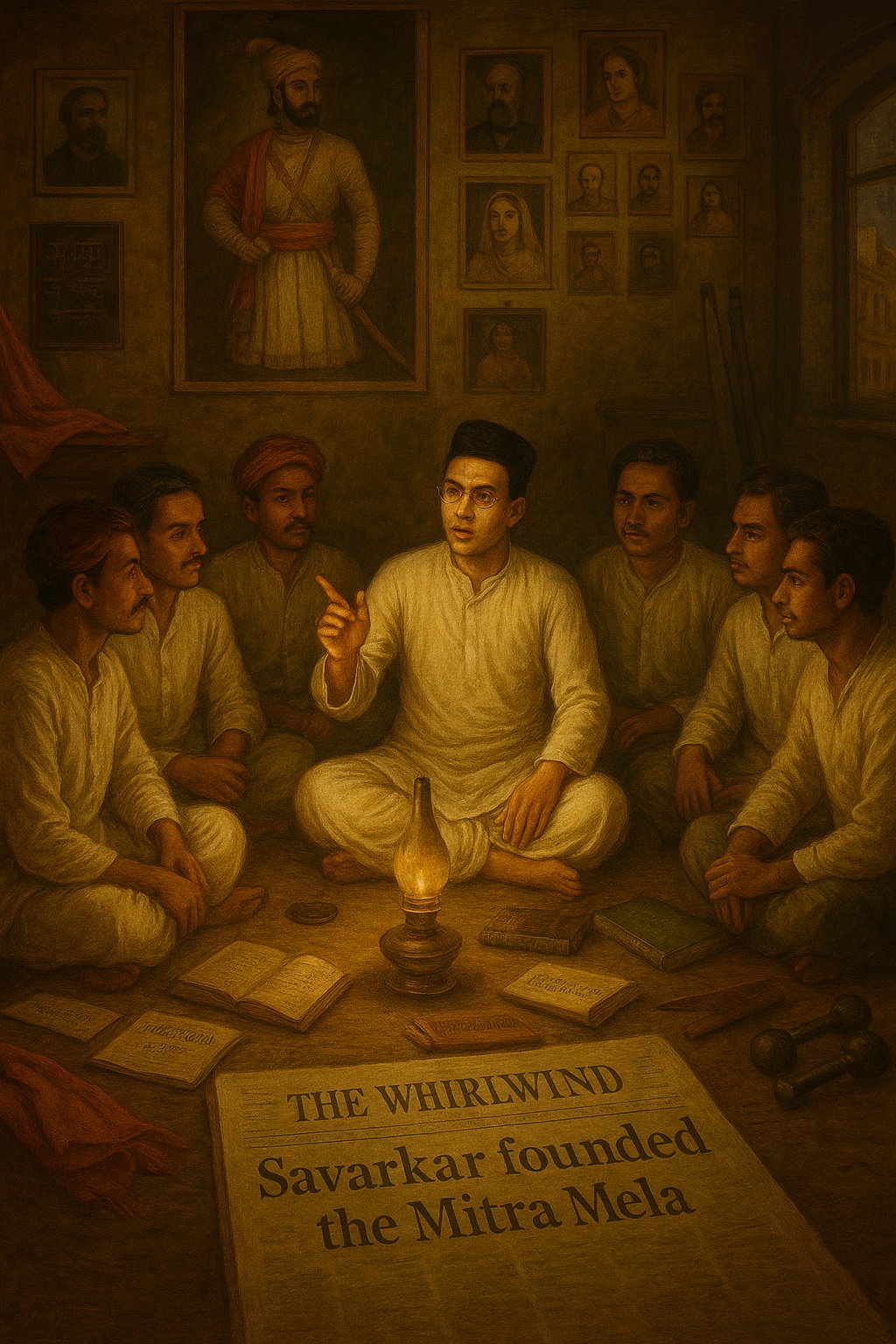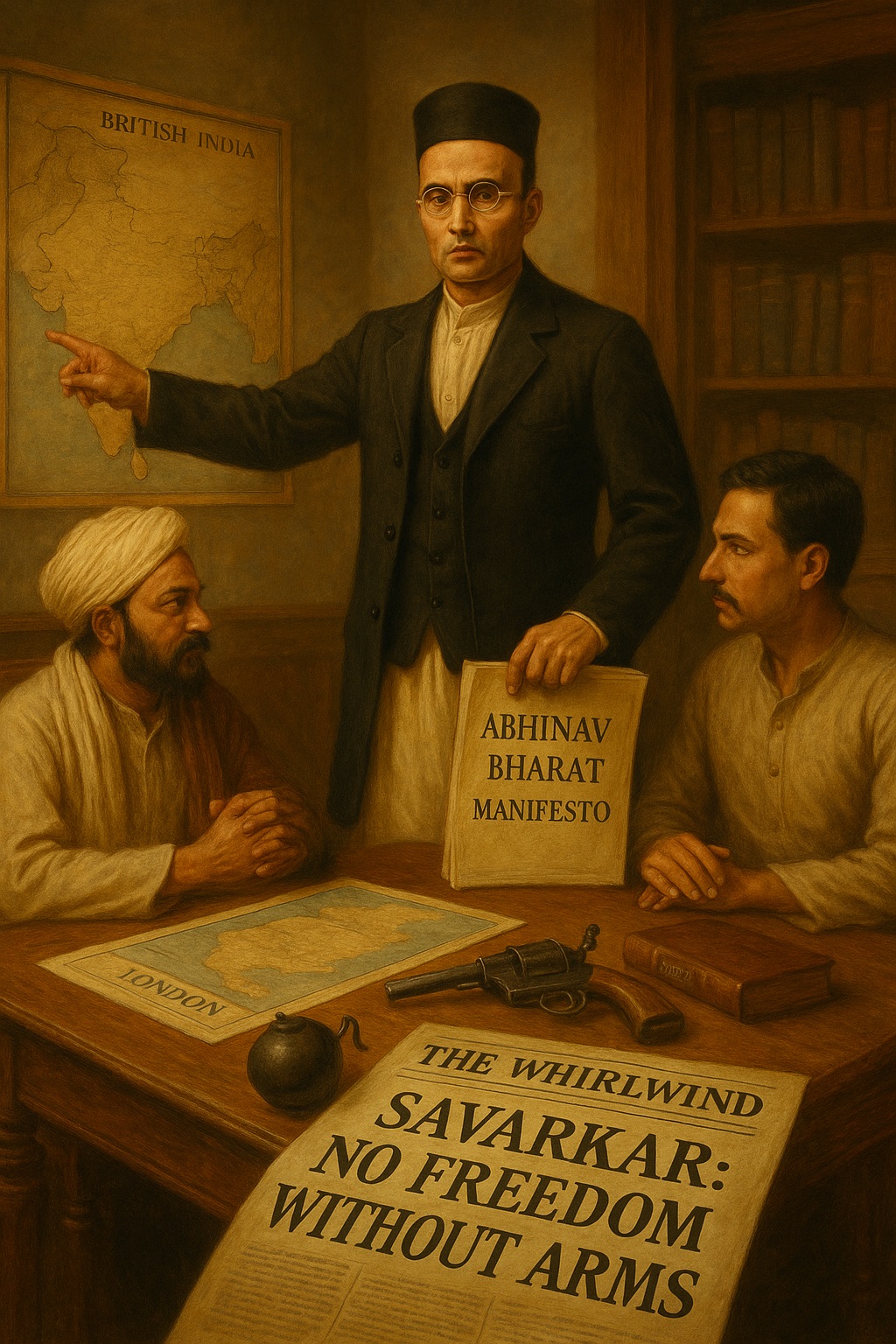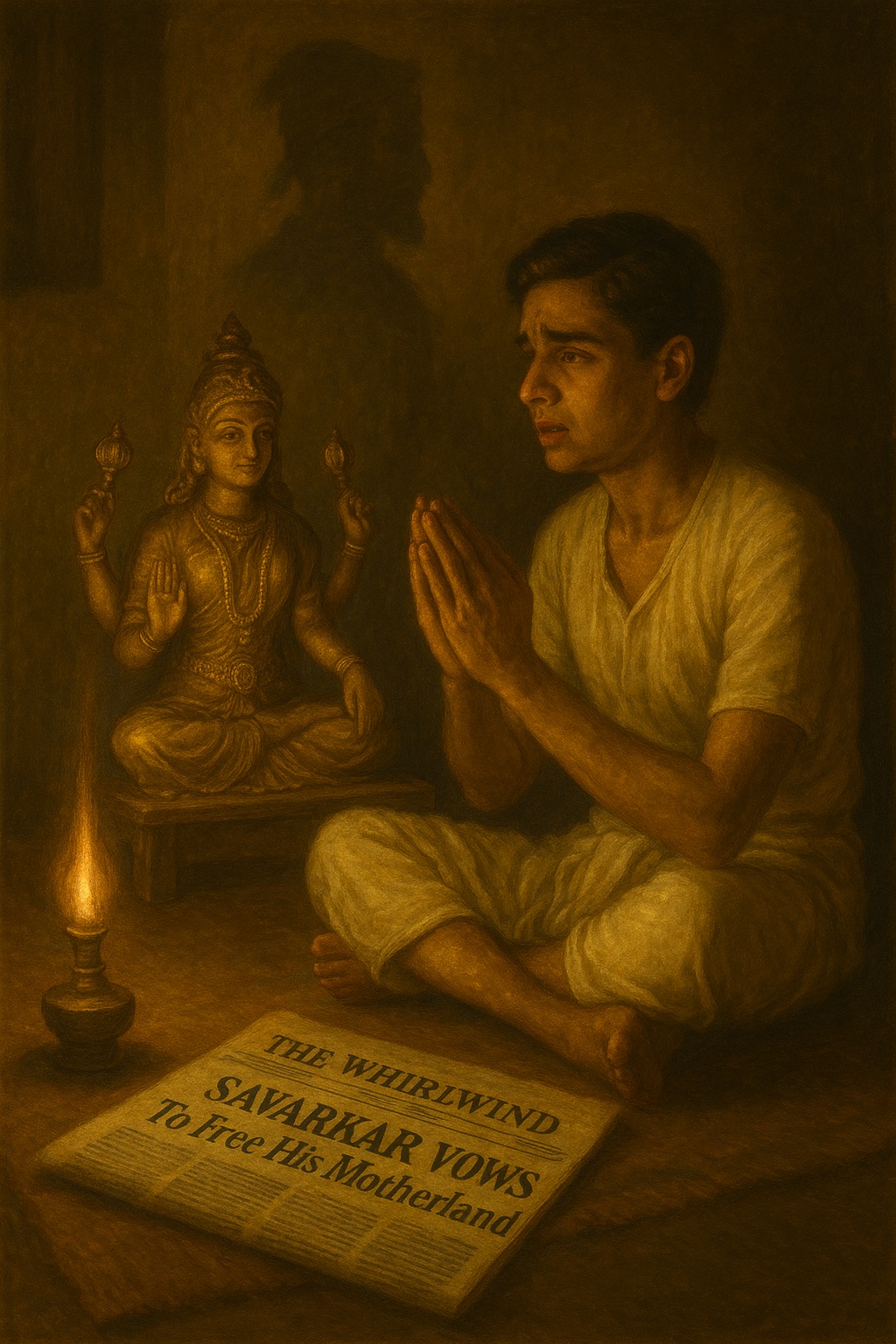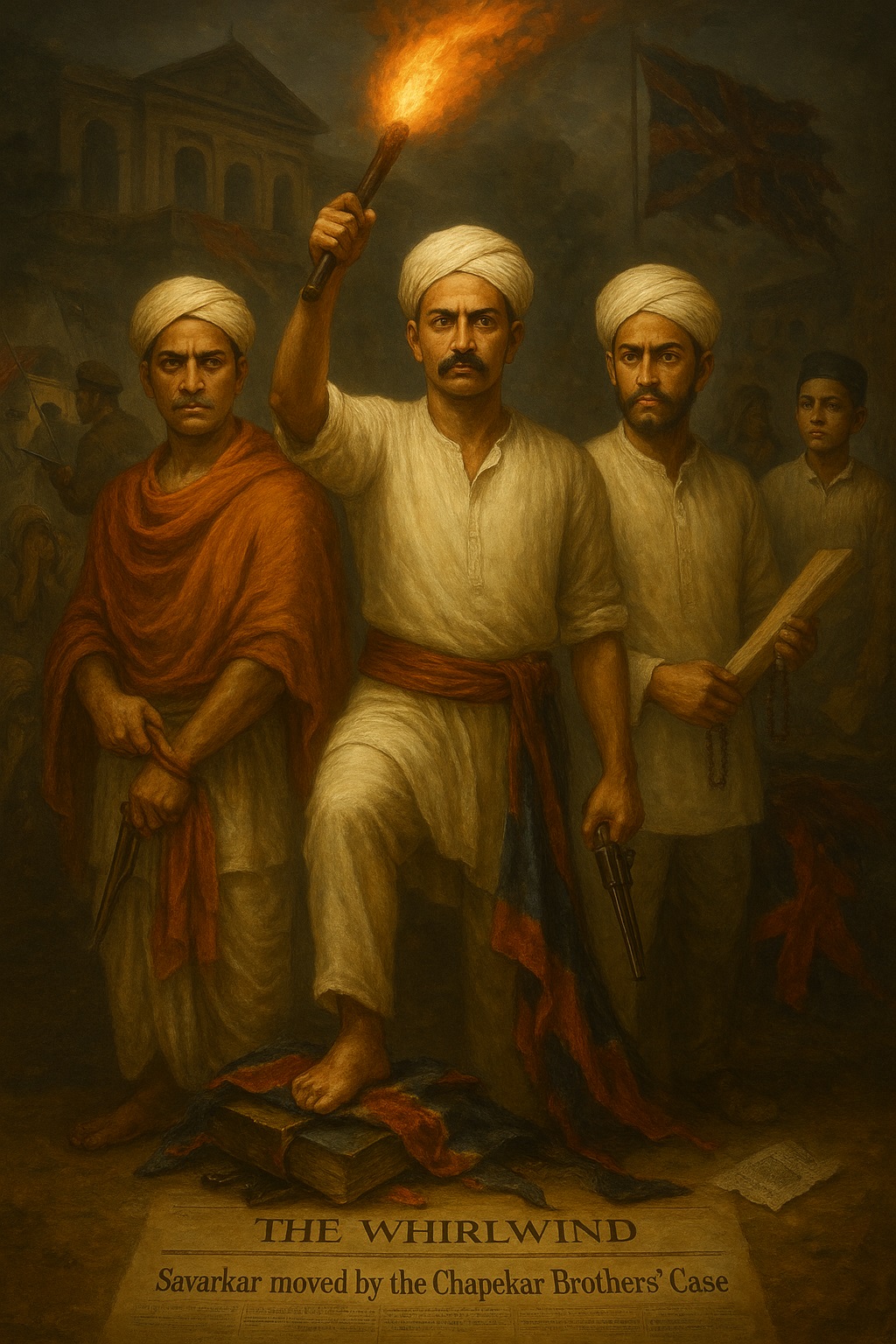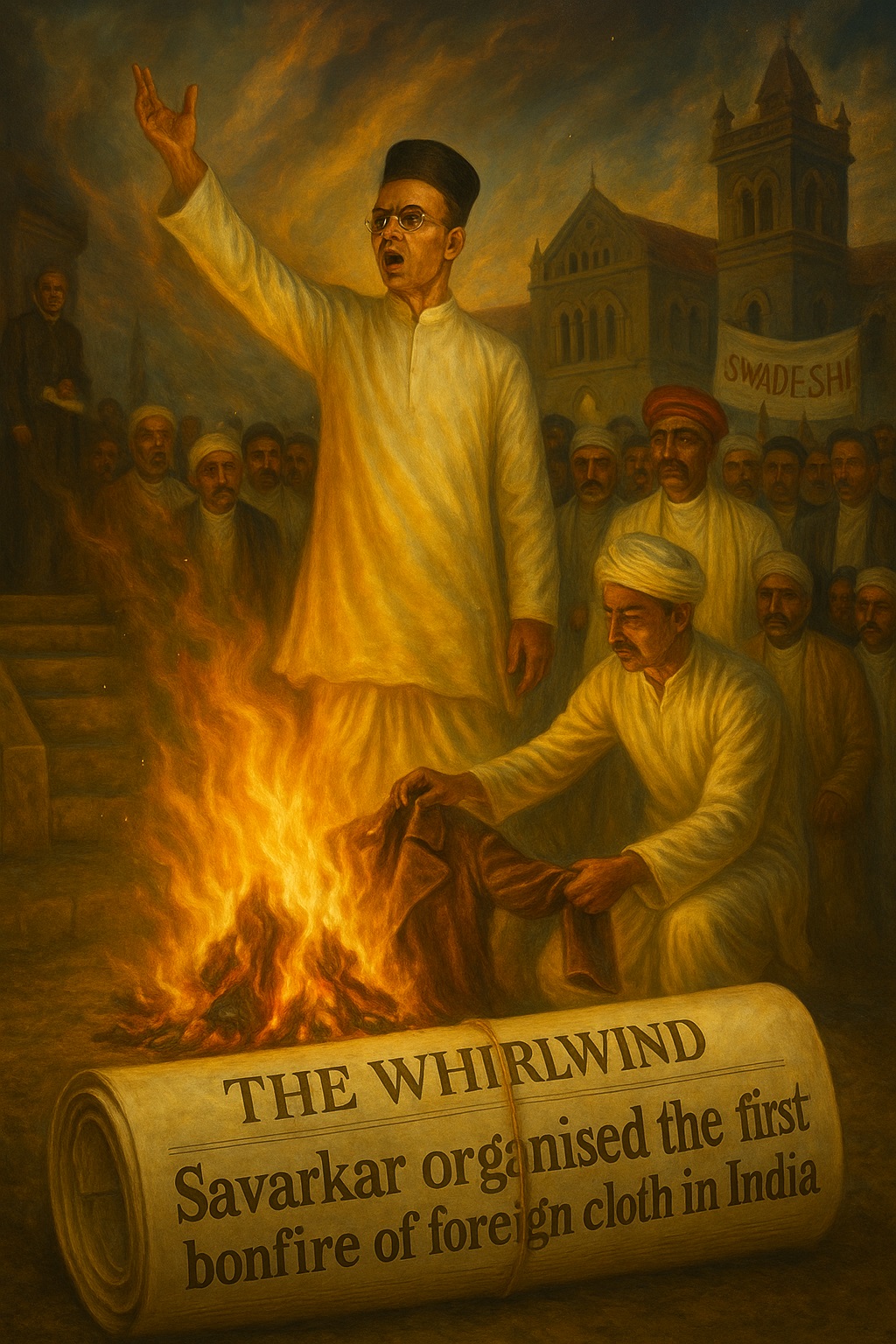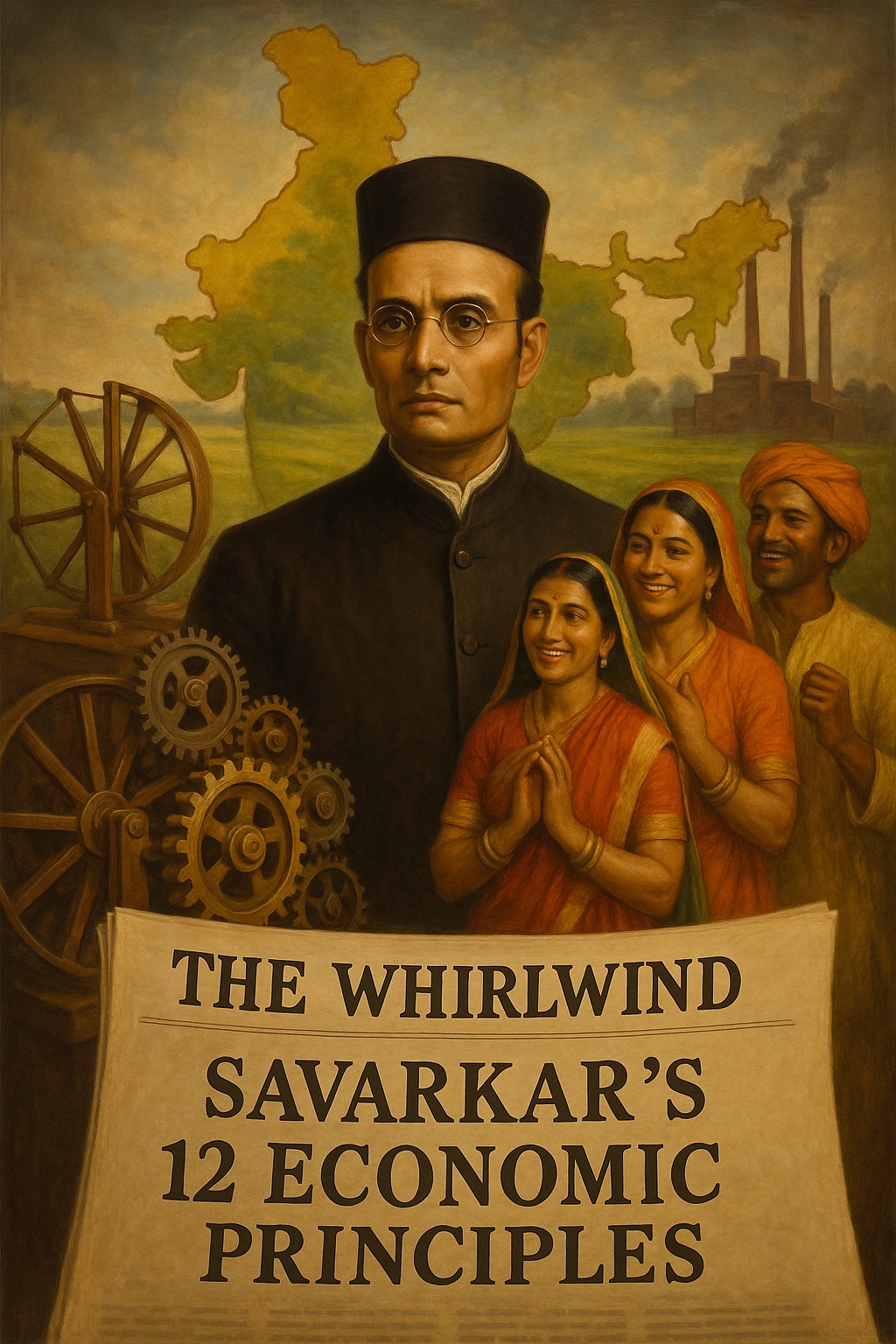Tag: British Raj
-
In the closing years of the 19th century, a sixteen-year-old Vinayak Damodar Savarkar ignited a spark of revolution by founding Mitra Mela in Nashik, Maharashtra. Conceived in 1899, the group was more than just a circle of friends—it was a secret society devoted to India’s absolute political independence from British rule. Inspired by Mazzini’s Young…
-
Among the many revolutionary groups that contributed to India’s independence struggle, Vinayak Damodar Savarkar’s Varnasena—also known as the “Monkey Brigade”—stands out as a unique and lesser-known force. Comprising primarily of young boys and teenagers, this covert group played a vital supporting role in the anti-colonial resistance of the early 20th century. Mythology Meets Revolution Inspired…
-
From clandestine arms smuggling to guerrilla warfare – how Savarkar’s secret society laid the groundwork for a militant nationalist uprising. Vinayak Damodar Savarkar understood a critical truth of political struggle: words alone – no matter how passionate or persuasive – are powerless without action. To that end, he moved beyond fiery speeches and writings, crafting…
-
One night, in the town of Bhagur, a boy stood before a statue of the armed Goddess Durga. This boy was Vinayak Damodar Savarkar, and the vow he took that night would ignite a revolutionary desire to stand up against British colonial rule in India. The immediate spark was the execution of the Chapekar brothers…
-
In 1897, Poona reeled under a brutal bubonic plague and even harsher British repression. To control the outbreak, British officials led by Collector Walter Rand enforced draconian measures – homes were raided, women harassed, and dignity trampled. While most of society watched in helpless silence, the Chapekar brothers – Damodar, Balakrishna, and Vasudev – chose…
-
In 1905, being in his early twenties, Vinayak Damodar (Veer) Savarkar emerged as a fiery student leader in Poona, galvanizing youth against British imperialism. A staunch proponent of Swadeshi, Savarkar saw the boycott of foreign goods as the moral counterpart to the political opposition to the Partition of Bengal by Viceroy Lord Curzon planned to…
-
Savarkar’s Coding of Hindutva, Metacode Rashtra, Part 3; Code Territory (2/6) Vinayak Damodar Savarkar’s ideological framework for Hindutva is deeply rooted in territorial delineation, a concept that is essential for political realism while seemingly contradictory to his broader worldview. His reflections on the nature of the Indian nation and its territorial boundaries stem from a…
-
Economic Dimension of Hindutva, Part 5; Savarkar’s Economic Principles (1/13) The economic dimension of the Hindutva ideology is often overlooked in discussions dominated by its political and cultural aspects. However, the economic program articulated by Savarkar, particularly through his “12 Principles,” is crucial to understanding his vision for India’s future. These principles were presented during…

